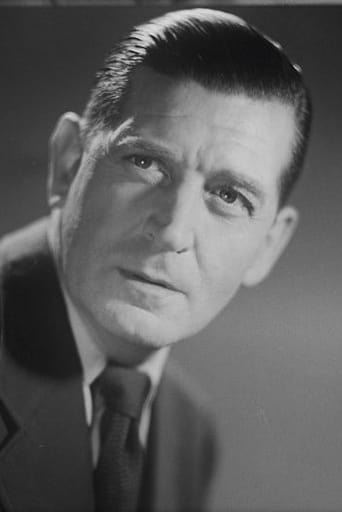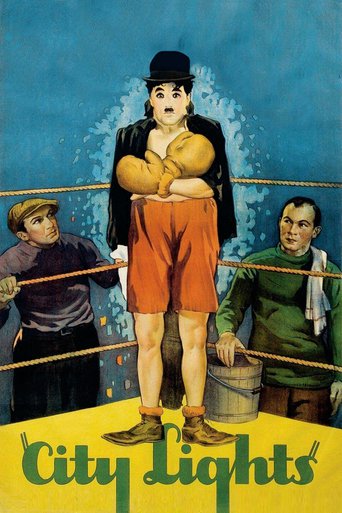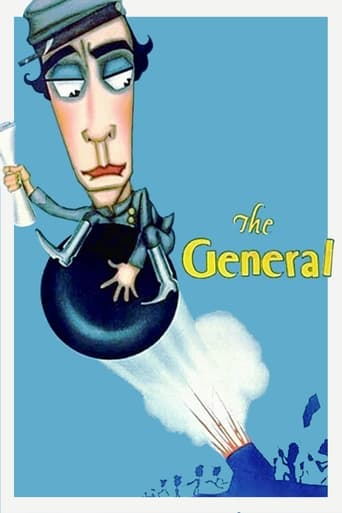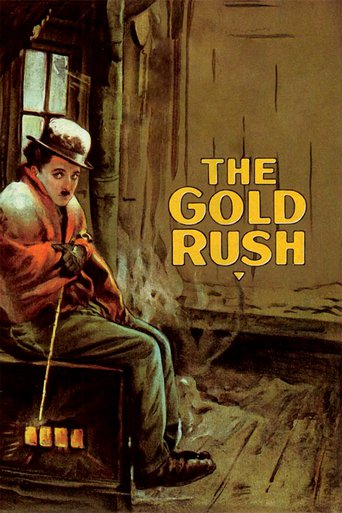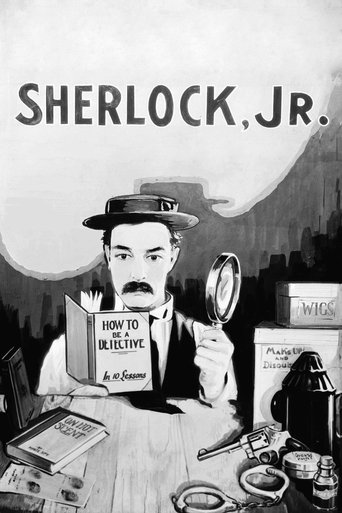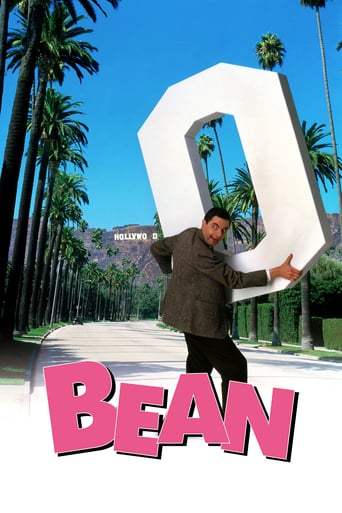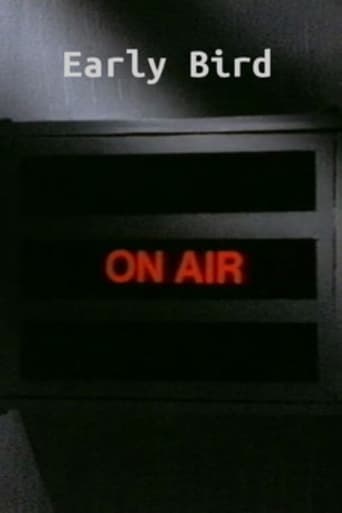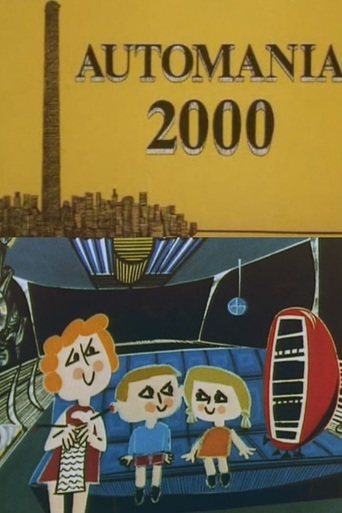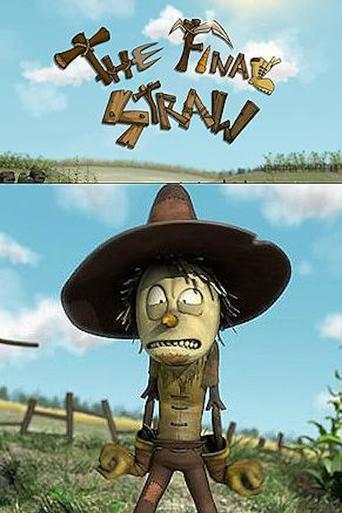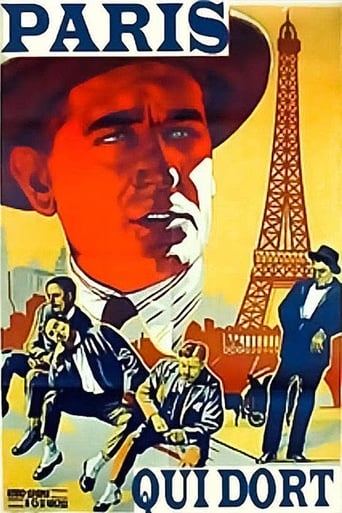
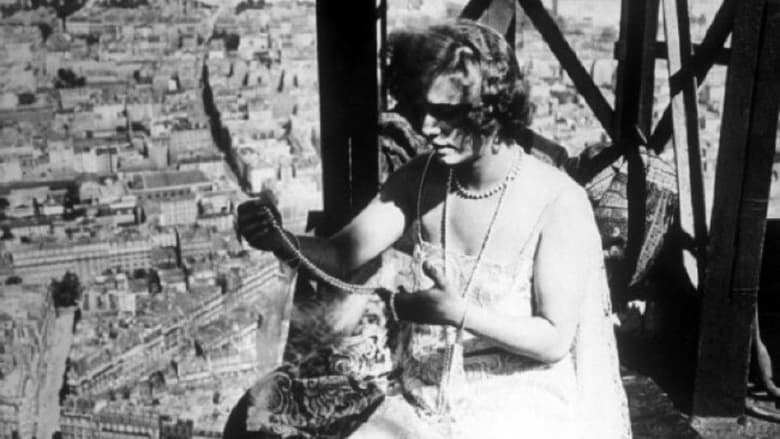
The Crazy Ray (1925)
A night watchman on the Eiffel Tower wakes up to find the entire population of the city frozen in place.
Watch Trailer
Cast


Similar titles
Reviews
Perfect cast and a good story
It's no definitive masterpiece but it's damn close.
For all the hype it got I was expecting a lot more!
It’s an especially fun movie from a director and cast who are clearly having a good time allowing themselves to let loose.
"Paris qui dort" is a French science fiction drama movie from over 90 years ago. It is a very early career effort by René Clair, who is considered among France's most influential filmmakers of all time. It is of course black-and-white and also still a silent movie. I have to say I liked it early on when it really focused on the mad scientist putting (almost) the entire city of Paris into stasis. When the police officer walks around and sees all the people who are apparently stunned. Unfortunately the film later on loses itself in pointless conversations and people randomly playing cards instead of convincingly elaborating on that interesting plot idea. Also the ending did not really do too much for me. As a whole, I would not recommend it, although this 34-minute film certainly has a couple interesting moments.
The watchman on the top level of the Eiffel Tower comes out to find the whole of Paris asleep and frozen into position, drivers in their cars, passers-by, policemen just seconds before an arrest. He joins up with a group of people who were flying over Paris when it happened, to enjoy newfound freedom without limits.One way to view this is as conceived; a comedy by way of surrealism and the absurd so far as the premise is concerned, and mostly harmless execution. A scientist is responsible we discover, who has devised a contraption that controls the flows of reality.Or you can read between the images. I study what it means to meditate and effective conveyance of this through cinema, so this rings loud and clear to my eyes.So we have the narratives that make up the bulk of day-to-day life arrested, doesn't matter how, and only those who were above ground spared from the effect. They walk through a still world full of possibilities for reflection, the only ones 'awake' among sleepers dreaming their routines. Of course being ordinary human beings, what do they do? They drink and dance, they indulge themselves, and when boredom sinks in, they fight for the one woman in their company. Narratives are resumed and stopped again, as the scientific mastermind, someone who is trying to master mind, tinkers with the equations.The quest is for a still center, discovered in the arms of the woman.It was perhaps too early in the medium to add further layers, for instance to link control of reality with the mind desiring images or desiring escape from them. Maybe, if this was Epstein's film who had by then stumbled on a theory about the eye in motion. It is fine to have just this at any rate, concerned more with visual invention than introspection. There are guerilla shots from inside moving cars, frozen and resumed, that do Nouvelle Vague thirty years early.If you are an imaginative viewer, you will want to see the first half with its eerily empty boulevards and plazas, and imagine a silent horror film about some unspecified apocalypse.
Sadly, I found that this film seriously outstayed its interest; it starts off well with an intriguing concept, that of the lone survivor in a mysteriously abandoned city, and develops this into a socio-comic commentary on the worthlessness of money and valuables in unlimited supply, compared to the real necessities of life. The handful of survivors who find each other become bored of their effortless scroungers' existence and start quarrelling among themselves -- saved only by the arrival of the long-awaited signal from the outside world.Thus far, thus John Wyndham (there are strong parallels here with the novel "The Day of the Triffids"). This silent film is somewhat heavy on its use of intertitles (which do inevitably suffer in translation), is not especially distinguished in its acting and as a comedy not particularly funny. But, having explained away preceding events by invoking a mad professor and then wound up his story by an 'and then they all went back to their previous lives' scene, the film-maker then commits the cardinal error of pressing the reset button -- or in this case, throwing the freeze-ray switch yet again. And again.We get a whole new segment of story driven by the financial travails of only two of the previous five characters, who can't face being poor after having had the whole city to glean from and decide to freeze everybody again so that they can rob them. Only the professor notices, so he reverses the switch yet again... demonstrates to his disbelieving colleague, jerking everybody on and off... the world 'compensates' by being cranked extra fast, Keystone-fashion... and the whole thing descends into slapdash tedium of a fairly primitive kind, which has ceased some time earlier to be entertaining. More or less the entirety of the second half of the film could have been cut (from the young couple parting outside the Eiffel Tower straight to the finding of the ring), and only to its improvement.This film was shown in a double-bill with Buster Keaton's "Three Ages", a film shot in the same year and similarly using camera trickery (what must be one of the earliest animated cartoon sequences featuring a live actor). The comparison was not at all to the favour of "Paris qui dort", alas, which dragged terribly and came across as much more wordy and primitive; it's not entirely fair to judge it against an action comedy, but it is in the frenetic action sequences that this film is the weakest. One gets the impression that the director had just run out of ideas. By the ending of the film I was seriously bored; the Keaton, despite a poor print, woke up the audience (in at least one case, literally) like a shot.
This silent film took me by complete surprise and I could hardly believe this film was so advanced for this production in 1925. Henri Rollan, plays the role as a watchman on the top level of the Eiffel Tower in Paris, France and comes down into the city and finds people all sleeping and in suspended motion standing like frozen statues. It seems a certain scientist had discovered an invisible ray which could not reach people in airplanes or Henri who worked at the top of the Eiffel Tower. If you want to see how France looked in Paris in 1925, you will enjoy all the old cars and the 1925 fashions for men and women. By the way, this film is only 21 minutes long and went along as a second feature on a much longer film I purchased. Great film to view and enjoy.




